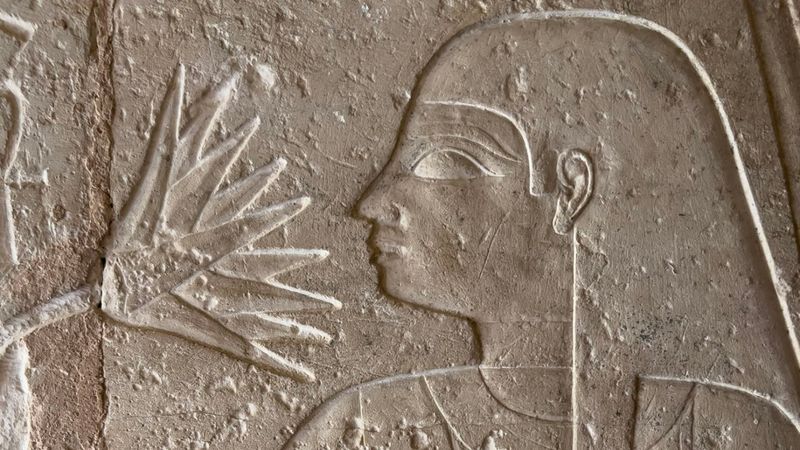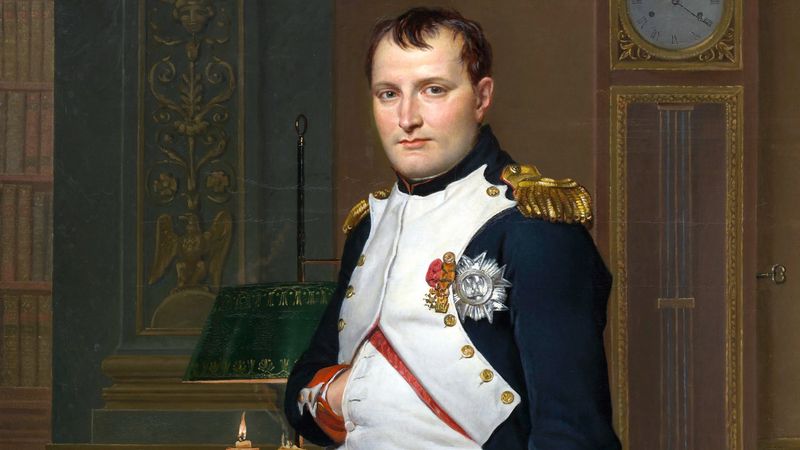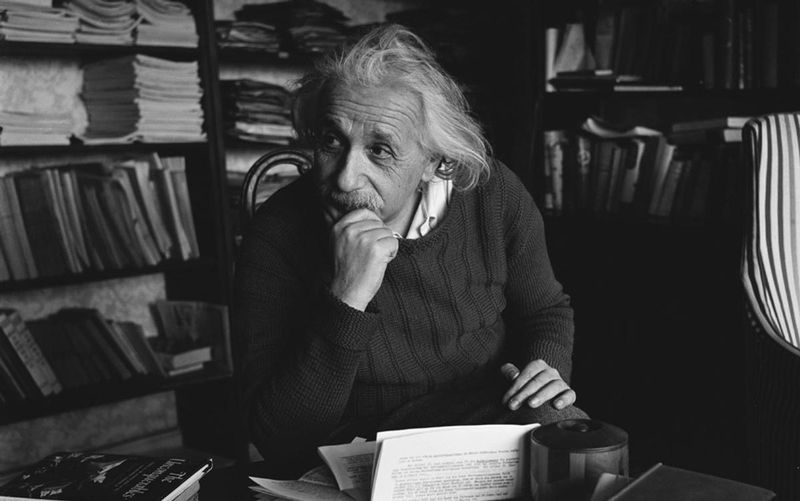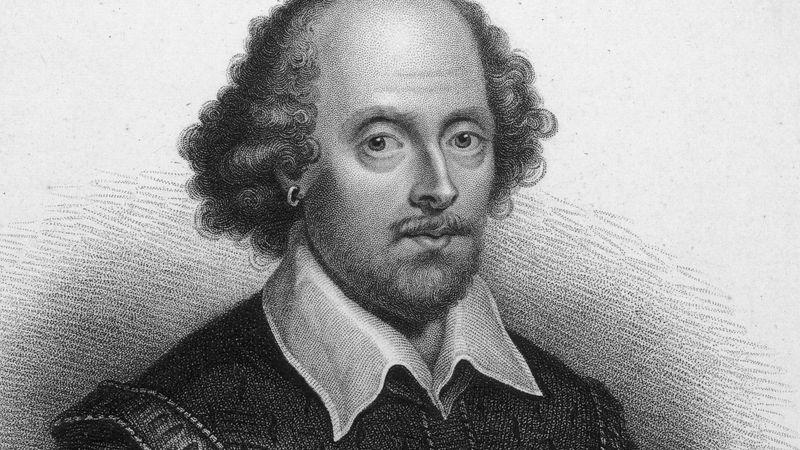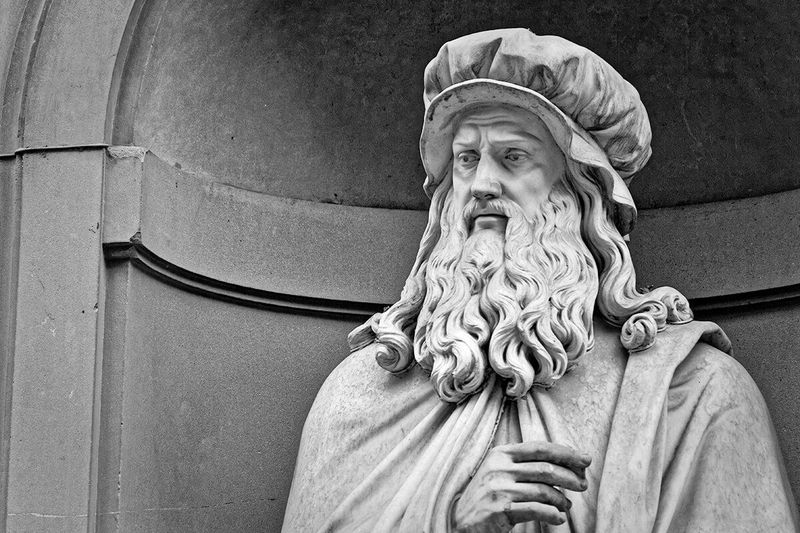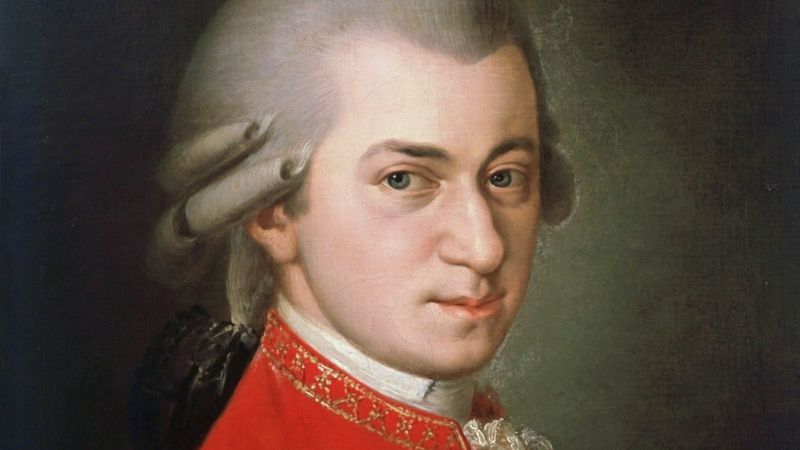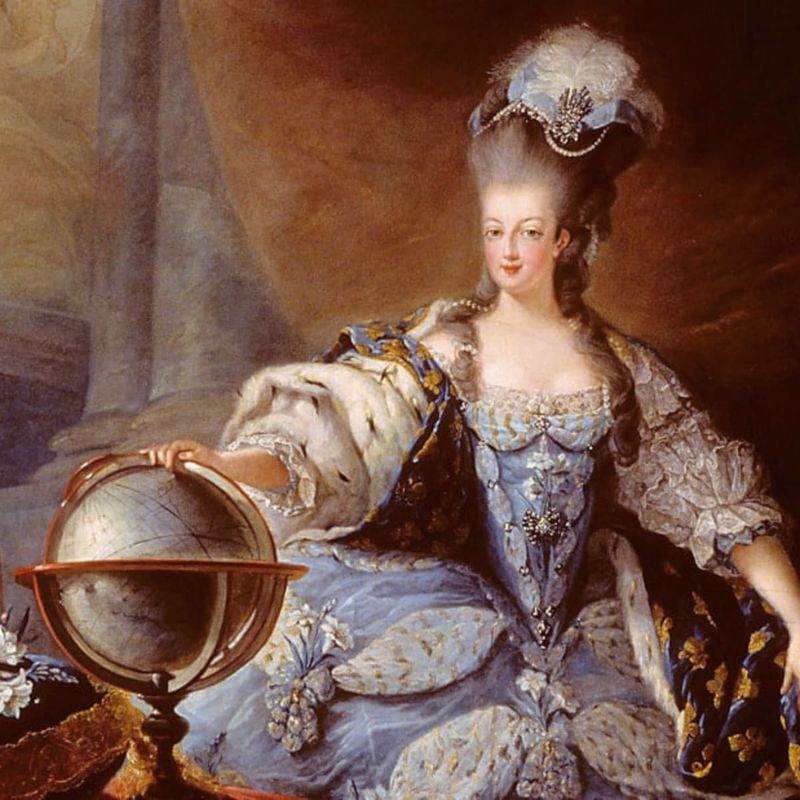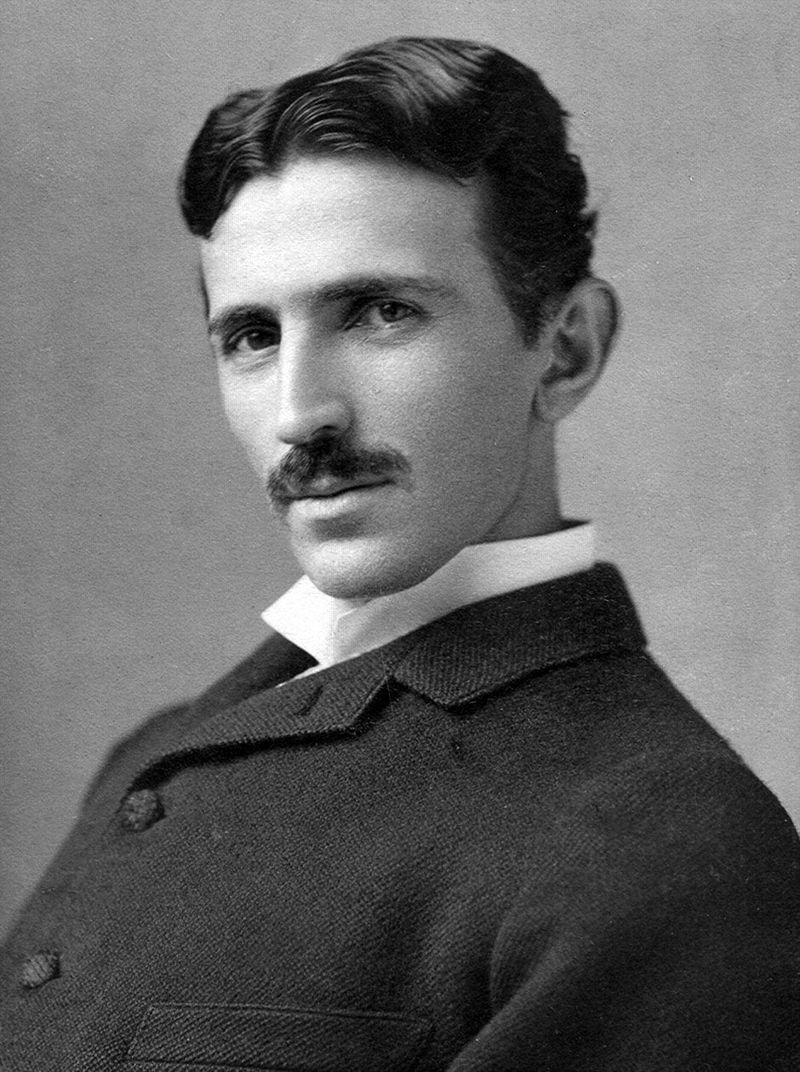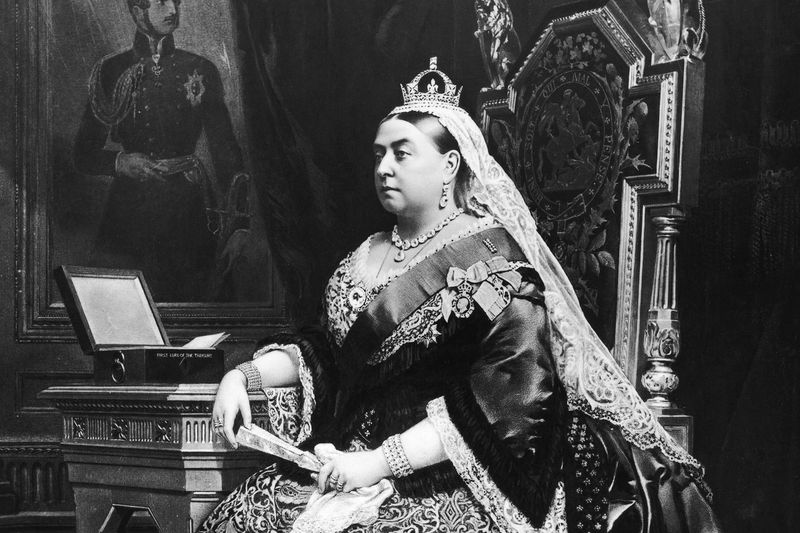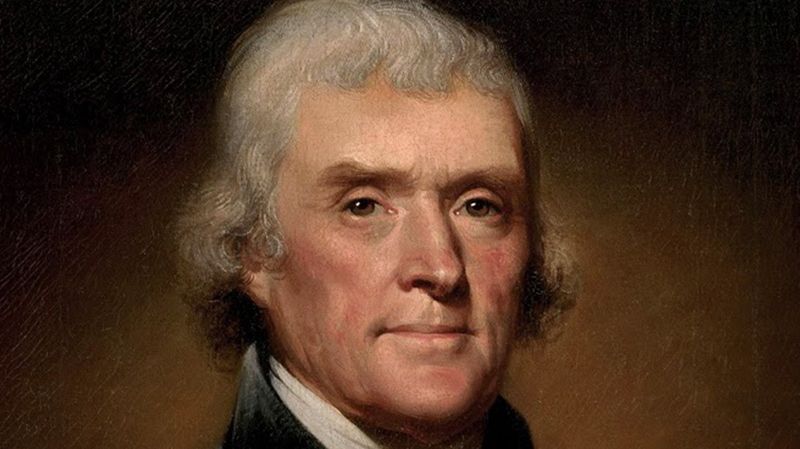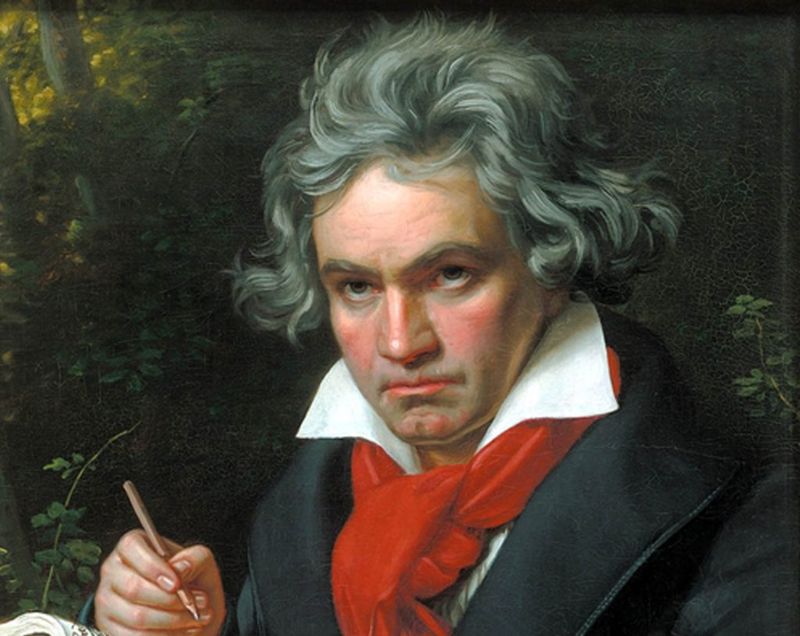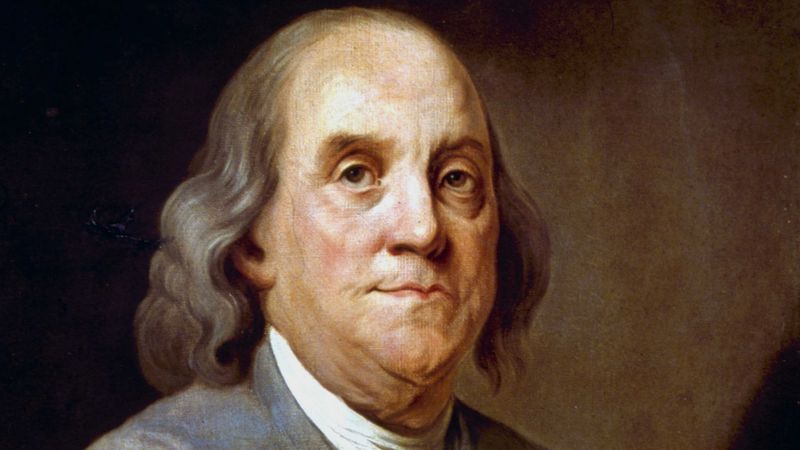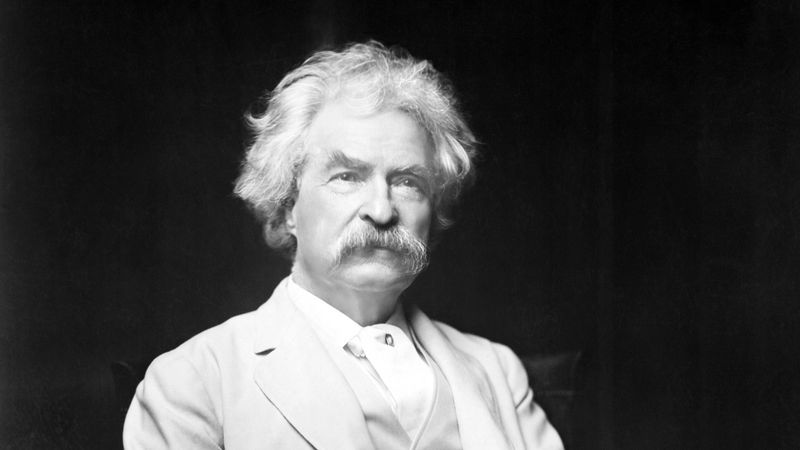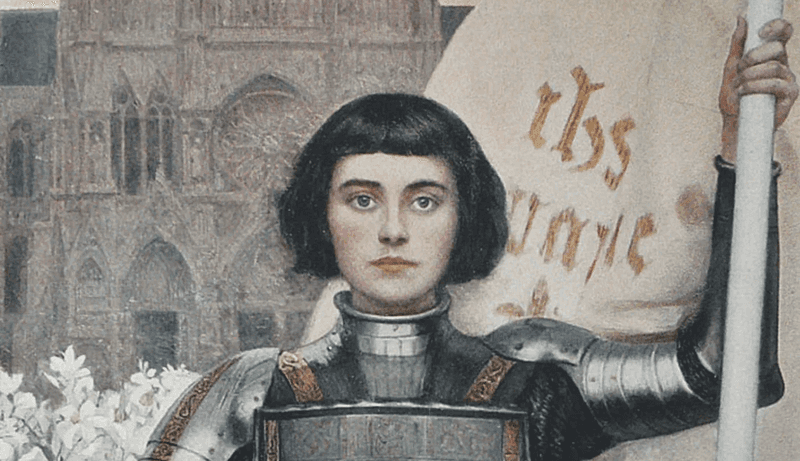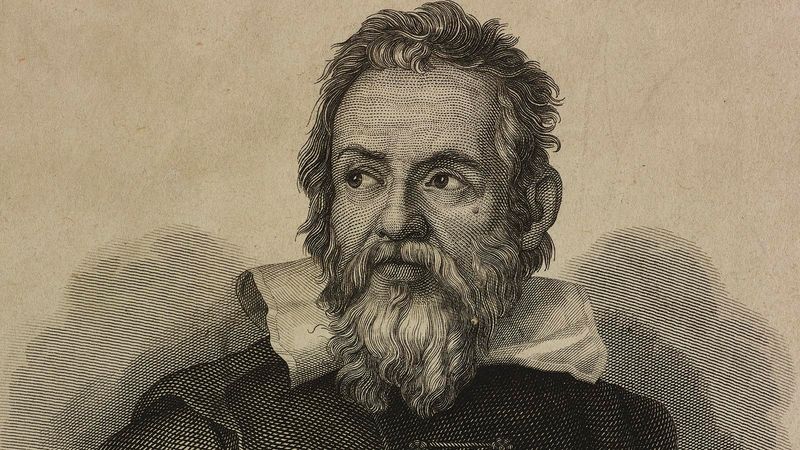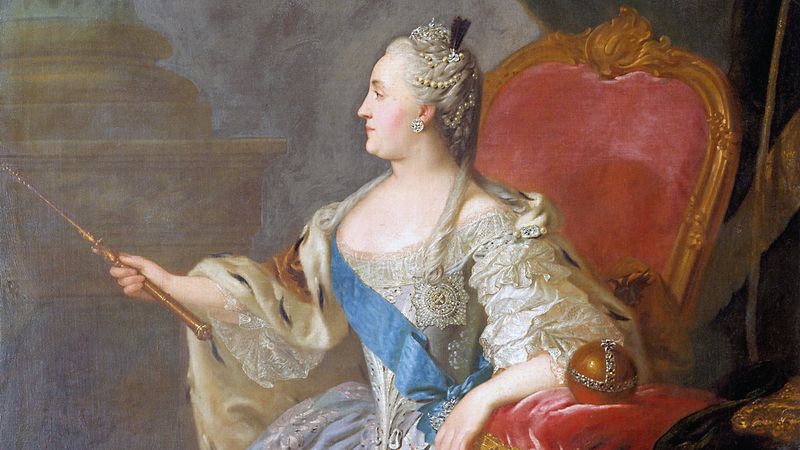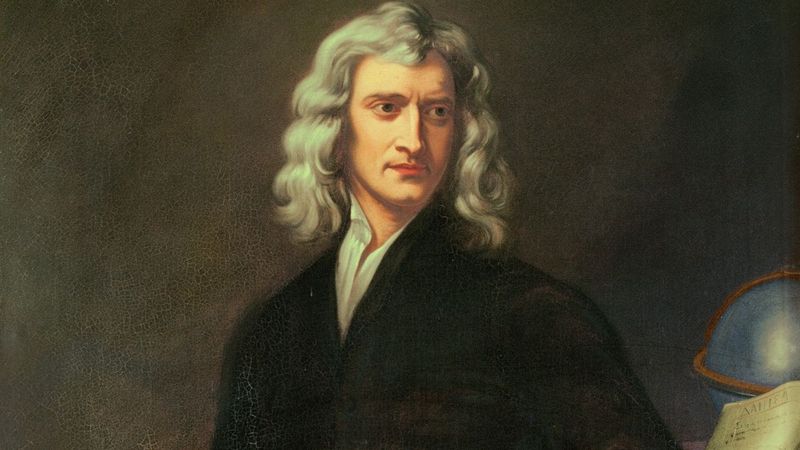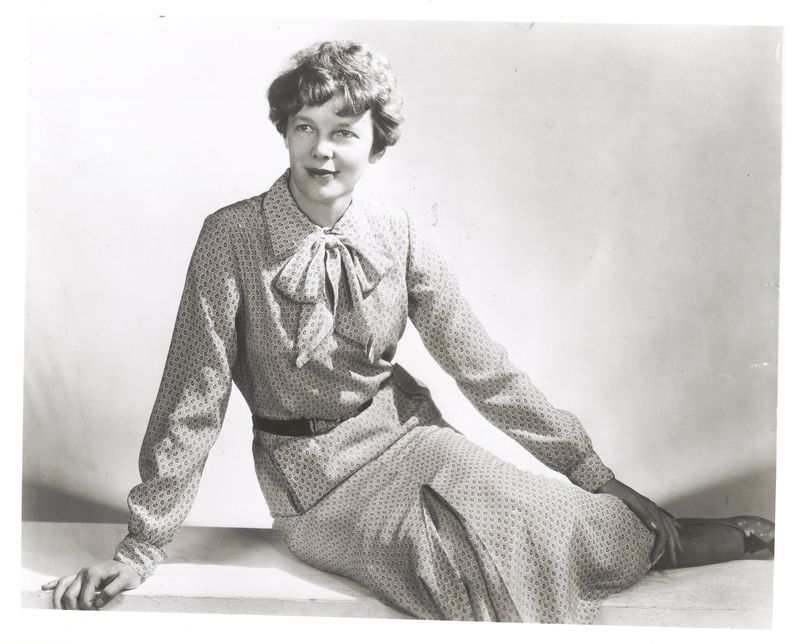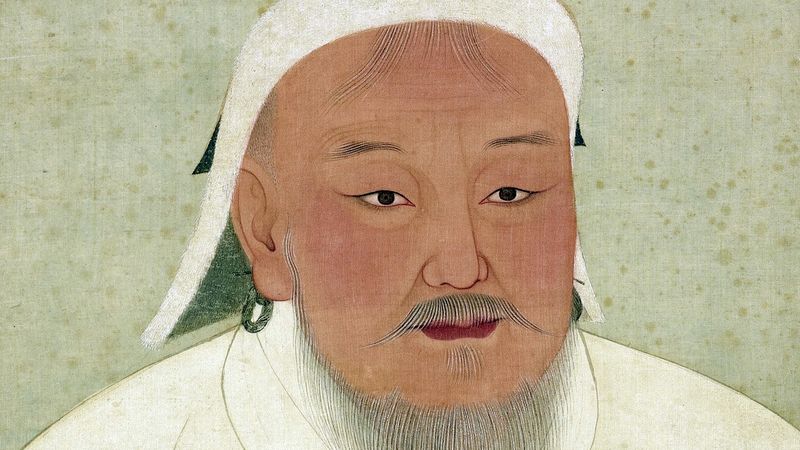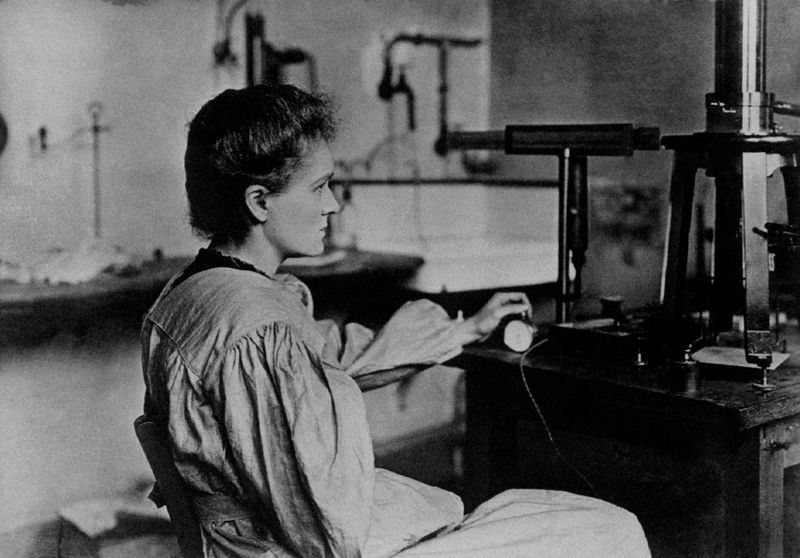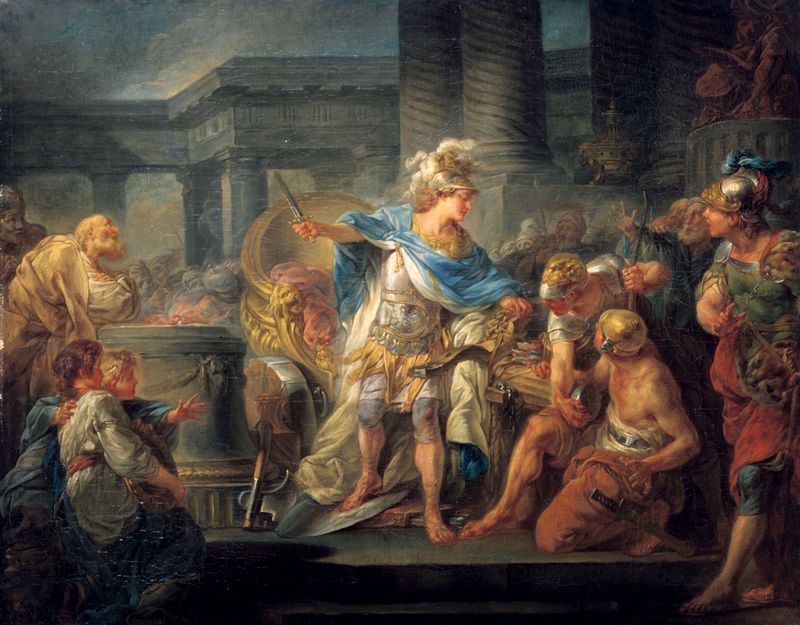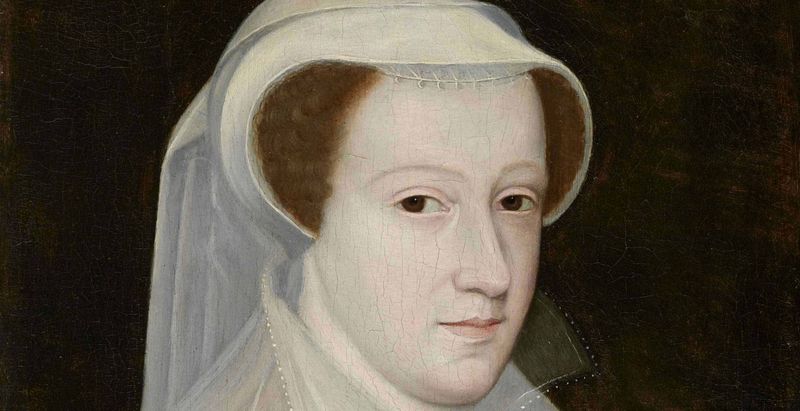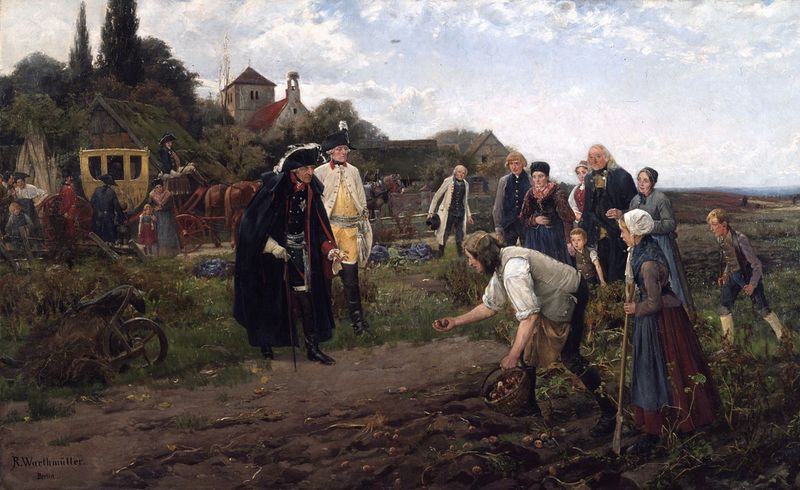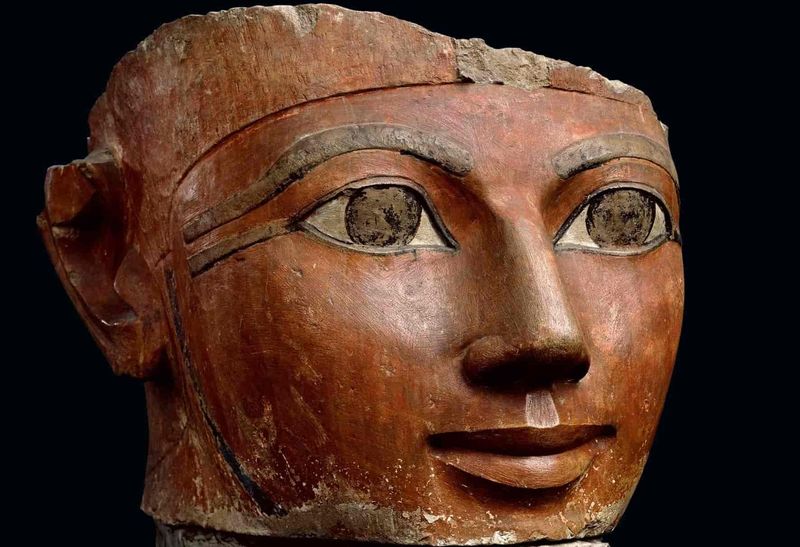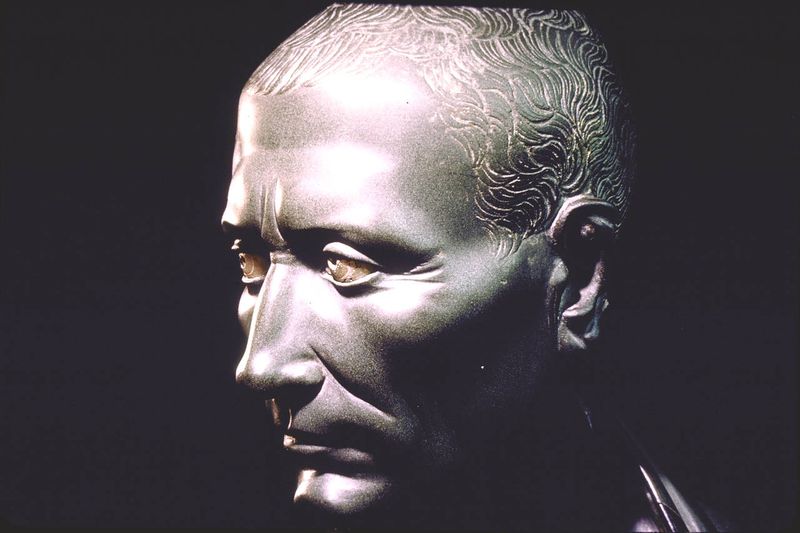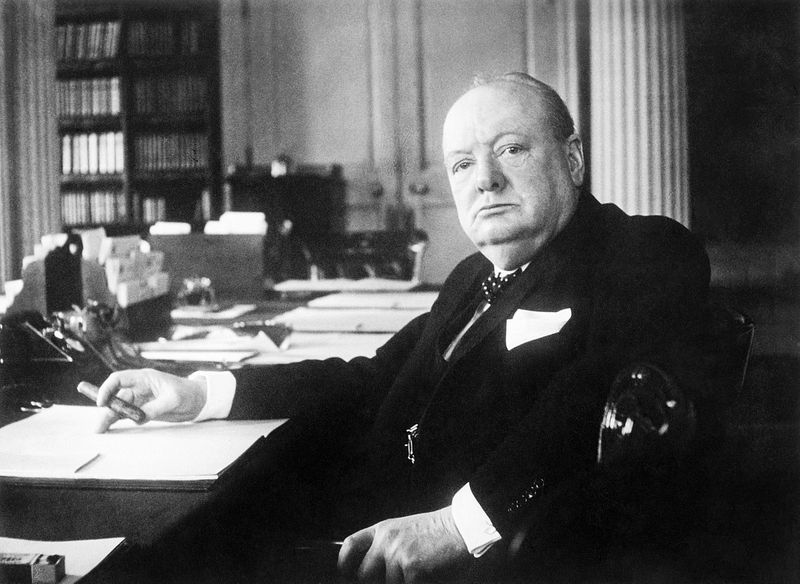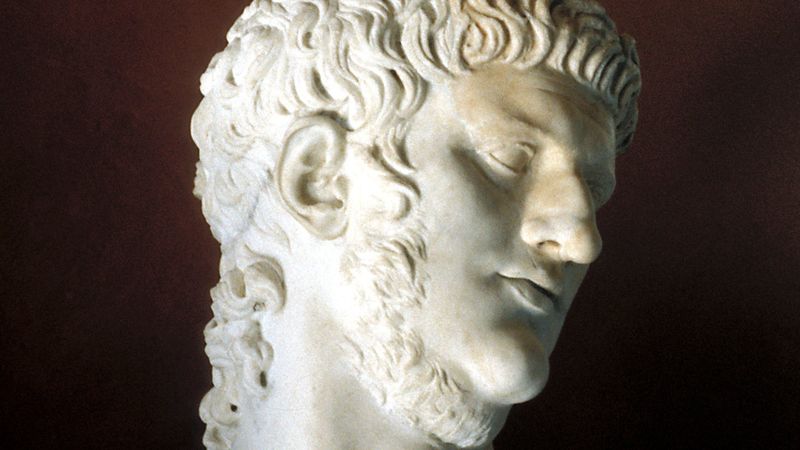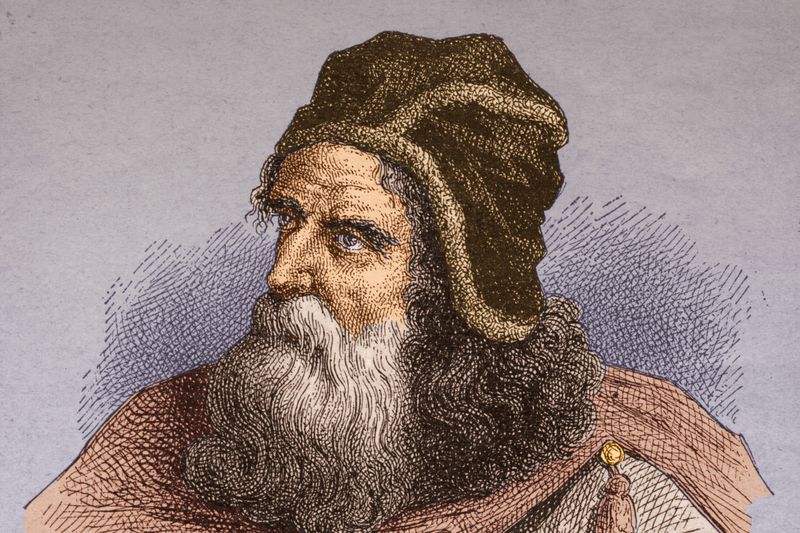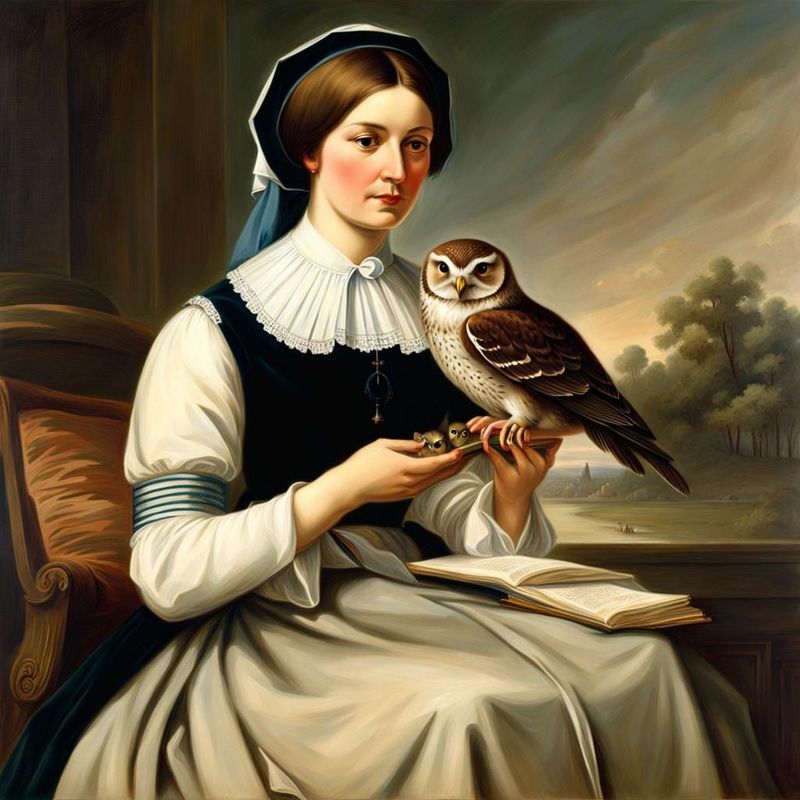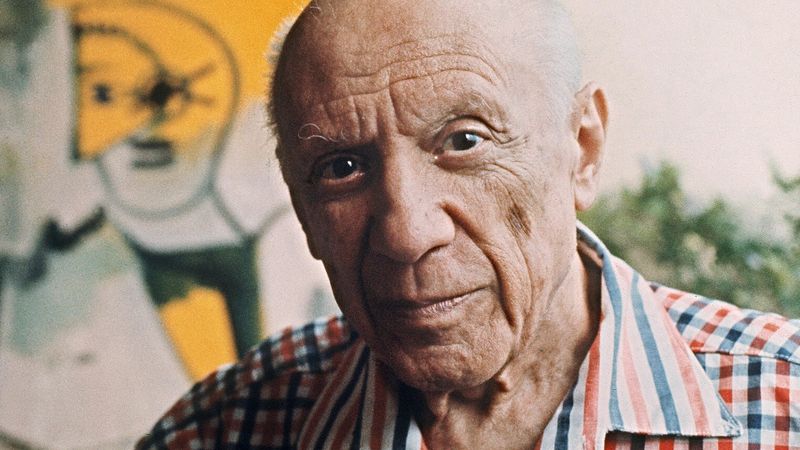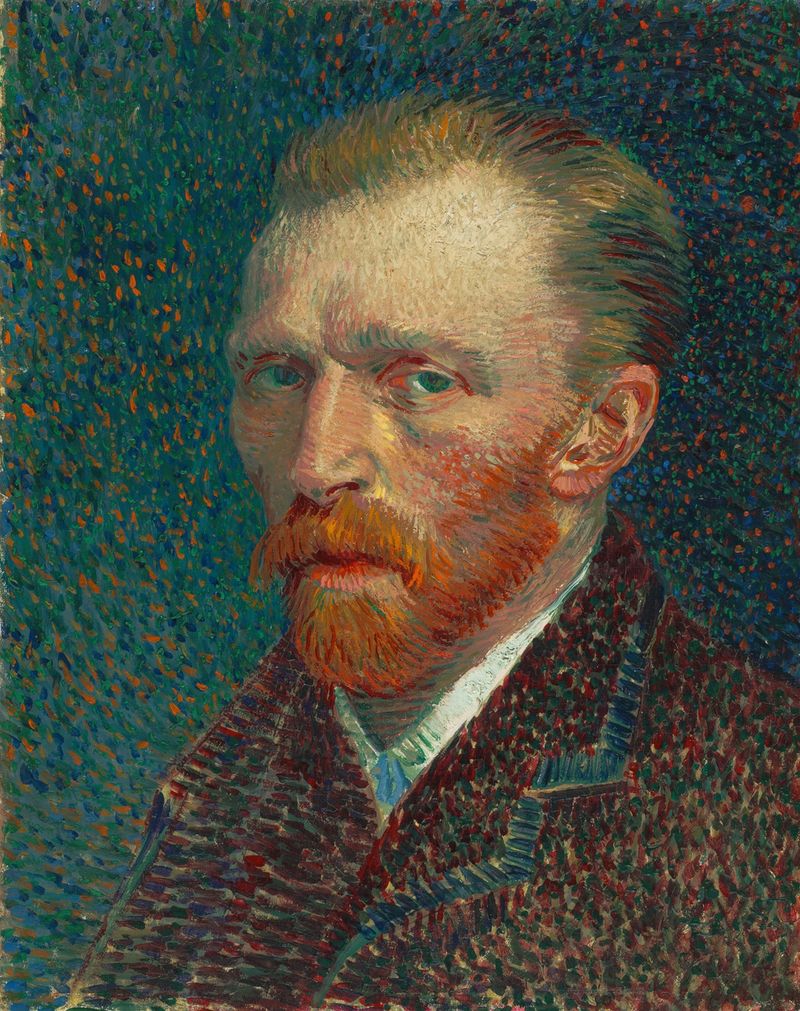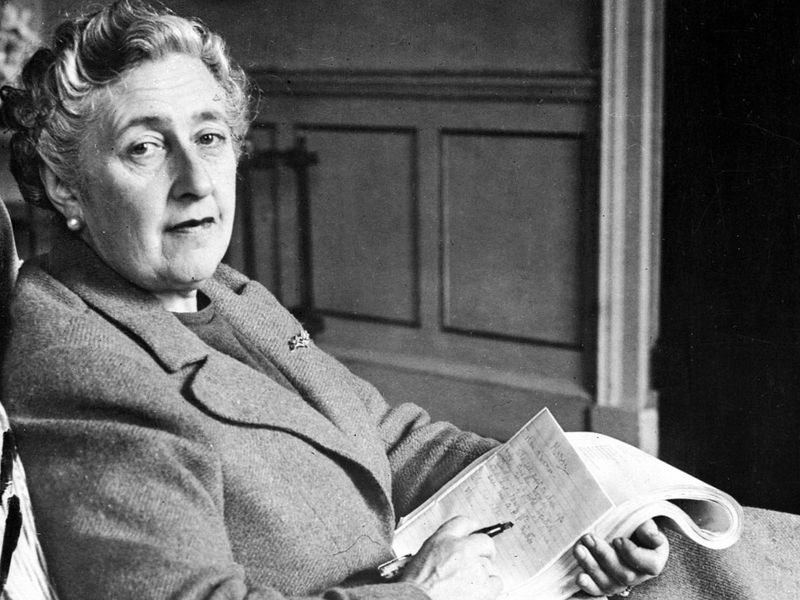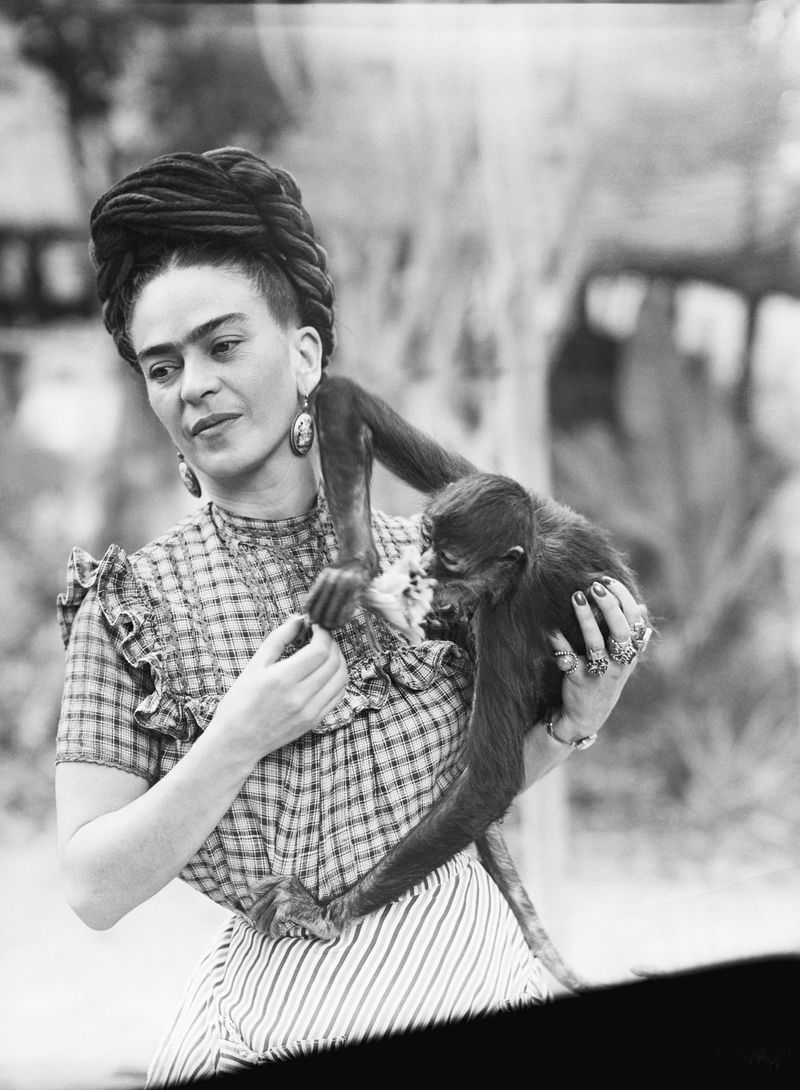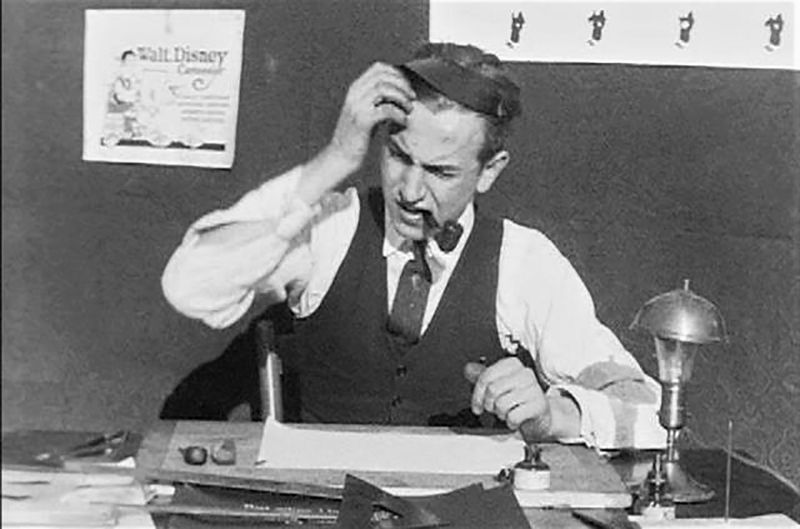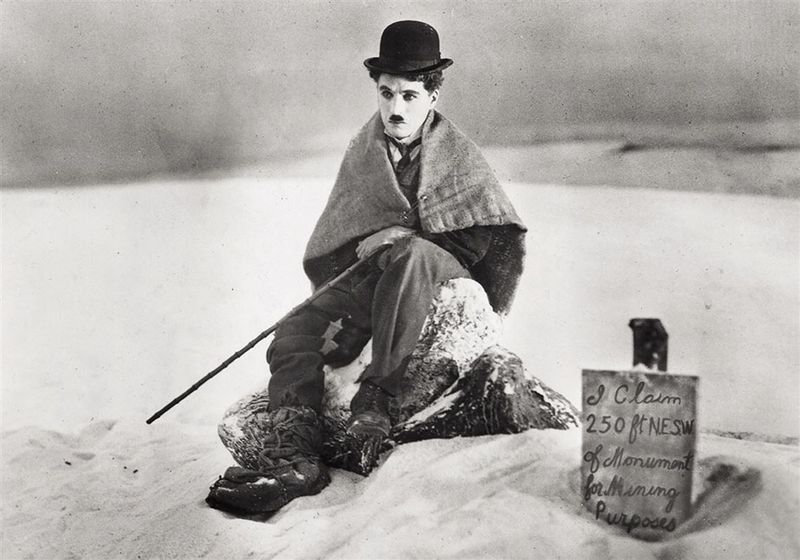38 Old School Facts About Historical Figures That Weren’t Included in Your Textbooks
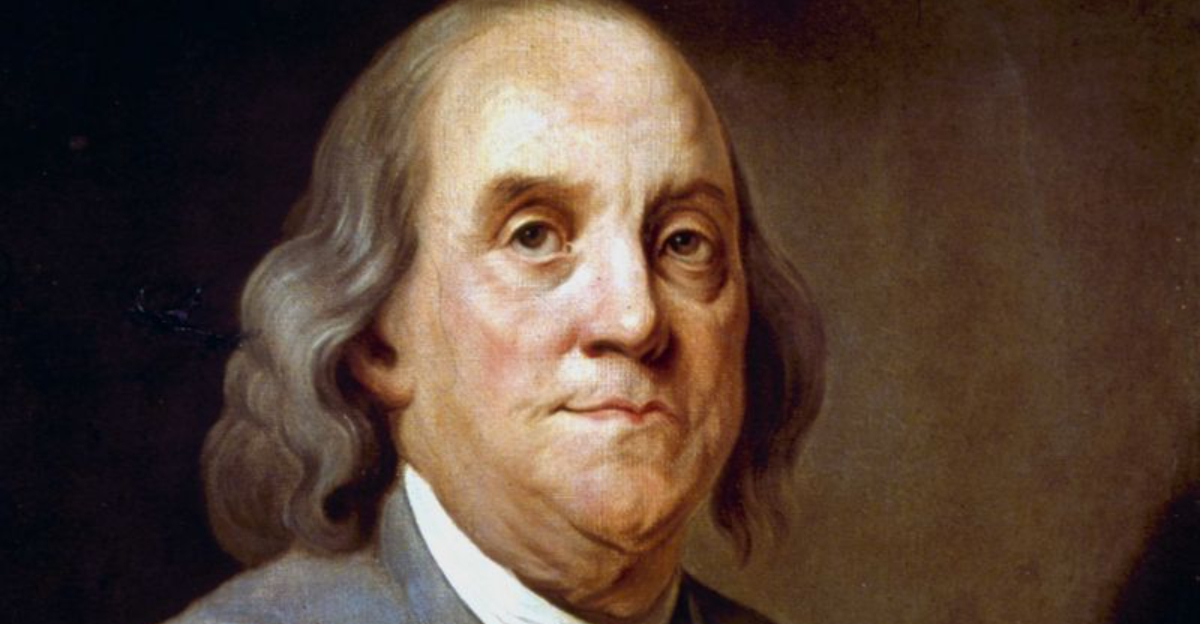
Ever thought you had the inside scoop on historical figures? Well, buckle up, because these 38 jaw-dropping, old-school facts are about to turn everything you thought you knew upside down!
From George Washington’s bizarre habits to Cleopatra’s beauty secrets (spoiler alert: it’s not just about the eyeliner), we’ve dusted off the history books and uncovered some seriously quirky tales.
These aren’t the dry, textbook facts you remember from school—oh no! We’re talking about juicy tidbits that’ll have you laughing, raising your eyebrows, and maybe even questioning your entire history class experience. Ready for a wild, whimsical journey through time?
Get comfy as we reveal the lesser-known, but totally fascinating stories behind the people who shaped the past. Trust us, after this, you’ll never look at history the same way again! So, grab your time-traveling goggles and let’s dive into the strange, funny, and downright bizarre side of history!
1. George Washington’s Wooden Teeth

George Washington, the first President of the United States, did not actually have wooden teeth. His dentures were crafted from various materials, including ivory and human teeth. Imagine the Founding Father flashing a grin with a set made from hippopotamus ivory! Despite this, Washington’s dental problems were no laughing matter.
His notorious dentures were notorious for causing discomfort, and he even had a special set fashioned for his inauguration. His tooth troubles didn’t stop him from achieving greatness, but they certainly added a bite of humor to his historical presence. Talk about a man with true grit!
For those who think their dental visits are nightmarish, Washington’s dental history offers a humorous yet humbling perspective. It’s a reminder that even great leaders had their share of personal challenges.
2. Cleopatra’s Perfume Factory
Cleopatra, the last active ruler of the Ptolemaic Kingdom of Egypt, was not just known for her beauty but also her business acumen. She had her very own perfume factory, producing exotic fragrances that captivated both allies and adversaries.
The queen understood the power of scent and used it as a tool of diplomacy and allure. Her signature perfumes were said to be so intoxicating that they left a lasting impression on anyone she encountered. Cleopatra’s fragrance empire was as impressive as her reign, adding another layer to her multifaceted legacy.
While history often emphasizes her romantic liaisons, Cleopatra’s entrepreneurial spirit and love for luxury defined her as a true queen of scents. Her story reminds us that sometimes, it’s the little luxuries that leave the biggest legacy.
3. Napoleon’s Rabbit Hunt
Napoleon Bonaparte, the famed French military leader, met his match not on the battlefield but during a rabbit hunt. In a bizarre turn of events, a planned hunt turned into a comical defeat. Thousands of rabbits, meant to be hunted, turned the tables and charged at Napoleon instead.
The rabbits, likely expecting a feast, overwhelmed the emperor, leaving him fleeing in horror. This unexpected “invasion” left Napoleon red-faced and scrambling to escape the furry foes. Despite his military prowess, he was utterly defeated by this fluffy onslaught.
This whimsical episode adds a lighter note to Napoleon’s otherwise grandiose and serious historical narrative, proving that sometimes, the smallest adversaries can cause the biggest uproar.
4. Einstein’s Mismatched Socks
Albert Einstein, the genius behind the theory of relativity, had a lesser-known penchant for wearing mismatched socks. His lack of concern for fashion norms reflected his broader disregard for societal conventions. Einstein’s quirky habit became as iconic as his wild hair and brilliant mind.
He reasoned that matching socks were a waste of time, focusing instead on unraveling the mysteries of the universe. This small rebellion against conformity highlighted his playful, unconventional spirit. Einstein’s sock saga reminds us that even the brightest minds have their idiosyncrasies.
In a world obsessed with appearances, Einstein’s carefree approach serves as a humorous reminder to prioritize substance over style. After all, it’s not the socks but the strides that matter most.
5. Shakespeare’s Missing Play
William Shakespeare, the legendary playwright, possibly penned a play that never made it to the stage. The lost play, often speculated to be called “Love’s Labour’s Won,” remains an enigma to scholars and historians alike.
Though references to the work exist, no copies have been found. Was it a sequel, or perhaps a comedic rival to his known works? The mystery adds an intriguing twist to Shakespeare’s literary legacy, sparking endless theories and debate.
This elusive play serves as a tantalizing reminder that even geniuses sometimes leave behind unsolved puzzles. The bard’s missing masterpiece continues to fuel imaginations and scholarly pursuits, proving that some mysteries are timeless.
6. Leonardo’s Ambidexterity
Leonardo da Vinci, the quintessential Renaissance man, was not only a master artist but also ambidextrous. This ability to use both hands with equal skill allowed him to work on multiple projects simultaneously, painting with one hand and sketching with the other.
His ambidexterity enhanced his creative process, enabling him to switch seamlessly between tasks. Da Vinci’s dual-handed talent was as impressive as his artistic genius, contributing to his reputation as one of history’s most versatile minds.
The maestro’s dexterous skills highlight the importance of adaptability and innovation. Da Vinci’s ambidexterity serves as a metaphor for his boundary-breaking contributions to art and science, living up to his legendary status.
7. Mozart’s Musical Pranks
Wolfgang Amadeus Mozart, the prolific composer, was notorious for his musical pranks. Known for his sense of humor, Mozart delighted in incorporating unexpected twists and jokes into his compositions, much to the amusement or chagrin of his peers.
His playful touch often caught performers off guard, blending humor with artistry in a way that made his music both entertaining and challenging. Mozart’s lighthearted antics added a unique dimension to his works, reflecting his joyful spirit.
These humorous interludes in his compositions remind us that music is not just an art form but also a playground for creativity and wit. Mozart’s legacy continues to resonate, infusing classical music with a sense of fun.
8. Marie Antoinette’s Secret Village
Marie Antoinette, the ill-fated Queen of France, had a secret village built within the grounds of the Palace of Versailles. Known as the Hameau de la Reine, this rustic retreat allowed her to escape the pressures of royal life and indulge in pastoral fantasies.
The village, complete with cottages and a mill, provided a picturesque backdrop for the queen’s idyllic escapades. Marie Antoinette’s private haven became a symbol of her desire for simplicity amidst the opulence of the court.
Her hidden village reveals a longing for normalcy and tranquility, contrasting sharply with her public image. It’s a poignant reminder that even queens crave a touch of simplicity.
9. Tesla’s Pigeon Obsession
Nikola Tesla, the brilliant inventor, harbored a peculiar fondness for pigeons. His affinity for these birds went beyond a mere hobby, as he spent countless hours feeding and caring for them in New York City parks.
Tesla’s bond with pigeons was so profound that he claimed to love one particular bird as much as a person. This unexpected passion provided him comfort and companionship in his later years. His feathered friends became an integral part of his life, adding a compassionate dimension to his enigmatic persona.
Tesla’s pigeon obsession illustrates the eccentricities that often accompany genius, highlighting the profound connections humans can form with nature.
10. Queen Victoria’s Morning Dance Ritual
Queen Victoria, the long-reigning British monarch, had a delightful morning ritual: dancing. Her daily dance was not merely a pastime but a cherished tradition that invigorated her spirit.
Victoria’s love for dance transcended her royal duties, allowing her a moment of joy and self-expression. This regal routine became a highlight of her day, showcasing her lively spirit and appreciation for the arts.
The queen’s morning dance serves as a charming reminder that even the most powerful individuals find solace in simple pleasures. Her graceful moves continue to inspire, proving that a little dance can go a long way in brightening one’s day.
11. Thomas Jefferson’s Macaroni Machine
Thomas Jefferson, the third President of the United States, was a culinary pioneer. He owned a macaroni machine, which he brought back from Europe, and was one of the first Americans to popularize pasta.
Jefferson’s penchant for fine dining extended to his love of macaroni and cheese, a dish he often served to guests at Monticello. His innovative approach to gastronomy added a delectable twist to his political legacy, earning him a place in culinary history.
This macaroni marvel reveals a side of Jefferson not found in textbooks, highlighting his passion for new experiences and flavors. His culinary curiosity reminds us that leaders can also be tastemakers.
12. Beethoven’s Deaf Compositions
Ludwig van Beethoven, the legendary composer, achieved greatness despite losing his hearing. This profound challenge never deterred him from creating some of the most iconic pieces of classical music.
Beethoven’s resilience and determination allowed him to continue composing through his “inner ear,” demonstrating his unparalleled dedication to his craft. His deafness became a testament to his unwavering passion and creativity.
The maestro’s triumph over adversity serves as an inspiring reminder that obstacles can be transformed into opportunities. Beethoven’s legacy resonates with the power of perseverance and the indomitable spirit of artistry.
13. Ben Franklin’s Swimsuit Design
Benjamin Franklin, the founding father known for his inventions, once designed an early version of a swimsuit. His curiosity and inventive spirit extended beyond the realm of politics and science.
Franklin’s swimwear creation reflected his love for swimming, a pastime he enjoyed throughout his life. This lesser-known invention showcased his playful side and willingness to explore unconventional ideas.
While not as famous as his lightning rod or bifocals, Franklin’s swimsuit design reveals the breadth of his creativity. It serves as a reminder that innovation knows no bounds and can arise from the most unexpected sources.
14. Mark Twain’s White Suit
Mark Twain, the celebrated American author, was known for his distinctive white suit. This sartorial choice became synonymous with his public persona, adding a touch of flair to his already colorful character.
Twain’s preference for white attire defied convention, setting him apart in literary circles. He embraced this unique style, often wearing it as a symbol of his individuality and wit.
The author’s iconic white suit serves as a reminder of the power of personal branding and self-expression. Twain’s sartorial statement continues to inspire, proving that fashion can be as memorable as the stories we tell.
15. Joan of Arc’s Armor
Joan of Arc, the revered French heroine, donned armor not just for protection but as a symbol of her divine mission. Her distinctive battle attire became emblematic of her bravery and unwavering conviction.
Joan’s armor, crafted with precision, allowed her to lead troops with authority and inspire those around her. Her celestial visions and military leadership made her a legendary figure in French history.
The Maid of Orléans’ armored legacy continues to resonate, highlighting the power of faith and determination. Joan’s story serves as a testament to the strength of purpose and the armor of belief.
16. Galileo’s Telescope Trouble
Galileo Galilei, the father of modern astronomy, faced unexpected challenges with his telescopic observations. His pioneering work was sometimes hindered by equipment malfunctions and imperfect lenses.
Despite these setbacks, Galileo’s tenacity and ingenuity propelled him to revolutionary discoveries about the cosmos. His determination to overcome technological hurdles laid the groundwork for future astronomical advancements.
Galileo’s telescope troubles remind us that even scientific giants encounter obstacles. His legacy is a testament to perseverance and the relentless pursuit of knowledge, proving that the stars are within reach for those who dare to look.
17. Catherine the Great’s Cat Army
Catherine the Great, the formidable Empress of Russia, had an unusual affinity for cats. Her passion for these feline companions led to the creation of a “cat army” within the Winter Palace.
The empress’s cats were not merely pets but served as a form of pest control, maintaining the palace’s grandeur. Catherine’s love for these creatures reflected her nuanced character, blending power with affection.
This quirky detail adds a whimsical dimension to Catherine’s imperial reign. Her legacy, marked by cultural and political achievements, is complemented by the purring presence of her beloved cats, showcasing the softer side of an iron ruler.
18. Isaac Newton’s Alchemy Experiments
Isaac Newton, the eminent mathematician, ventured into the realm of alchemy, seeking the elusive Philosopher’s Stone. His fascination with this mystical pursuit intertwined with his scientific endeavors.
Newton’s alchemical experiments, conducted in secret, revealed his unyielding curiosity and willingness to explore the unknown. These clandestine activities added a mystical layer to his legacy, often overshadowed by his scientific achievements.
The alchemist’s quest serves as a reminder that the pursuit of knowledge is boundless. Newton’s alchemical odyssey illustrates the intersection of science and mysticism, embodying the spirit of discovery and wonder.
19. Amelia Earhart’s Fashion Line
Amelia Earhart, the pioneering aviator, ventured into fashion with her own line of practical women’s clothing. Her designs, inspired by her aviation experiences, emphasized functionality and style.
Earhart’s fashion line reflected her progressive views on women’s roles and empowerment. Her garments catered to the modern woman, blending elegance with practicality, much like her own adventurous spirit.
This lesser-known venture highlights Earhart’s multifaceted talents and visionary approach to women’s fashion. Her legacy extends beyond aviation, proving that trailblazers can soar in any field they choose.
20. Genghis Khan’s Postal System
Genghis Khan, the great Mongol conqueror, revolutionized communication with his innovative postal system. Known as the Yam, this network of relay stations ensured swift message delivery across his vast empire.
The Khan’s postal system facilitated efficient governance and fostered connectivity among distant regions. His strategic foresight and organizational prowess laid the foundation for modern postal services.
This impressive logistical feat exemplifies Genghis Khan’s visionary leadership. His legacy extends beyond conquest, showcasing the power of communication and the importance of interconnectedness in building empires.
21. Marie Curie’s Radium Light
Marie Curie, the pioneering physicist, experienced an unintended glow with her radium research. Her groundbreaking work on radioactivity led to unforeseen effects, including glowing laboratory equipment.
Curie’s discovery of radium’s luminous properties added an ethereal quality to her scientific endeavors. Despite the health risks, her dedication to science remained unshaken, highlighting her courage and commitment.
The luminous legacy of Curie’s radium research continues to shine, inspiring future generations of scientists. Her story is a testament to the brilliance that can emerge from the pursuit of knowledge, even in the face of adversity.
22. Alexander the Great’s Gordian Knot
Alexander the Great, the legendary conqueror, faced the Gordian Knot, a seemingly unsolvable puzzle. Legend had it that whoever untied the knot would rule all of Asia.
Alexander met the challenge with a bold stroke, slicing through the knot with his sword. This act of decisive ingenuity demonstrated his fearless approach to problem-solving and ambition.
The story of the Gordian Knot underscores Alexander’s extraordinary leadership and determination. His legacy is marked by audacious solutions and unwavering confidence, inspiring leaders to think outside the box and forge their own paths.
23. Elizabeth I’s Spy Network
Queen Elizabeth I, the iconic monarch, maintained a sophisticated spy network to safeguard her realm. Her intelligence operations, led by Sir Francis Walsingham, were pivotal in thwarting plots against her reign.
Elizabeth’s espionage efforts exemplified her strategic acumen and ability to navigate complex political landscapes. Her spies operated with precision, gathering crucial information that secured her position.
The queen’s covert operations highlight the importance of intelligence in governance. Elizabeth’s legacy is one of resilience and cunning, showcasing her mastery in balancing diplomacy and subterfuge.
24. Frederick the Great’s Potato Promotion
Frederick the Great, the enlightened Prussian king, championed the humble potato. His promotion of the tuber aimed to combat famine and improve nutrition among his subjects.
Frederick’s innovative agricultural policies included planting potatoes in royal gardens to inspire cultivation. His endorsement turned the potato into a staple food, revolutionizing European diets.
The king’s potato promotion reflects his forward-thinking approach to governance and care for his people. Frederick’s legacy is one of agricultural innovation and leadership, proving that even small changes can yield significant impacts.
25. Hatshepsut’s Beard
Hatshepsut, the formidable female pharaoh of ancient Egypt, donned a ceremonial beard to assert her authority. This symbolic gesture reinforced her position as a ruler equal to her male counterparts.
Her reign marked a period of prosperity and architectural achievements, including the famous temple at Deir el-Bahari. Hatshepsut’s unique approach to leadership challenged traditional gender roles, cementing her legacy.
The pharaoh’s symbolic beard highlights the importance of perception in leadership. Hatshepsut’s story is a testament to the power of determination and vision, inspiring future generations to break boundaries and redefine norms.
26. Julius Caesar’s Baldness
Julius Caesar, the illustrious Roman general, was known to cleverly disguise his baldness with a laurel wreath. This iconic accessory not only symbolized victory but also served as a crafty cover-up.
Caesar’s strategic use of the laurel wreath highlighted his resourcefulness and attention to public image. His leadership and military prowess secured his place in history, leaving a legacy of ambition and innovation.
The laurel-wreathed conqueror exemplifies the art of turning perceived weaknesses into strengths. Caesar’s story is a reminder of the power of adaptability and confidence in shaping one’s destiny.
27. Winston Churchill’s Parrot
Winston Churchill, the indomitable British Prime Minister, had a pet parrot named Charlie who was infamous for mimicking his owner’s colorful language. This feathered companion added a touch of humor to the wartime leader’s life.
Charlie’s mimicry provided levity and companionship during challenging times, reflecting Churchill’s love for animals and his ability to find joy amidst adversity. The parrot’s antics became a cherished anecdote in Churchill’s storied life.
This quirky detail adds a humanizing element to Churchill’s legacy, showcasing the importance of humor and companionship in leadership. His story reminds us that even the greatest leaders appreciate a good laugh.
28. Nero’s Musical Infamy
Emperor Nero, the infamous Roman ruler, is often remembered for his alleged musical performance during the Great Fire of Rome. Though the tale of him “fiddling” is more myth than fact, it underscores his notorious reign.
Nero’s love for music and theater contrasted with his tyrannical rule, adding a complex dimension to his character. His artistic pursuits were overshadowed by political turmoil and scandal.
The legend of Nero’s musical infamy serves as a cautionary tale about the intersection of art and power. His story reminds us that perception can shape historical narratives, influencing how figures are remembered.
29. Archimedes’ Eureka Moment
Archimedes, the brilliant Greek mathematician, experienced his iconic “Eureka!” moment while taking a bath. This sudden insight led to the discovery of his principle of buoyancy, revolutionizing physics.
His exuberant dash through the streets of Syracuse, wrapped in a towel, became legendary, symbolizing the joy of discovery and intellectual triumph. Archimedes’ breakthrough showcased the power of curiosity and observation.
The mathematician’s “Eureka” moment illustrates the exhilarating nature of scientific exploration. His story inspires future generations to embrace creativity and celebrate the thrill of uncovering new truths.
30. Florence Nightingale’s Owl
Florence Nightingale, the pioneering nurse, found companionship in a pet owl named Athena during the Crimean War. This unusual pet provided comfort and solace amidst the chaos of wartime nursing.
Nightingale’s bond with Athena reflected her nurturing spirit and resilience in the face of adversity. The owl became a symbol of wisdom and compassion, mirroring Nightingale’s own attributes.
This endearing detail adds depth to Nightingale’s legacy, highlighting the importance of empathy and companionship in caregiving. Her story serves as an enduring reminder of the healing power of human-animal connections.
31. Pablo Picasso’s Stage Fright
Pablo Picasso, the iconic artist, harbored a surprising fear of public performance. Despite his confident brushstrokes, he experienced stage fright that contrasted with his bold artistic expression.
Picasso’s anxiety about performing publicly never hindered his creative genius. He channeled his energy into his art, creating masterpieces that transcended his personal fears.
The artist’s stage fright reveals the complexity of creative individuals, reminding us that vulnerability often accompanies brilliance. Picasso’s story encourages us to confront our fears and embrace our unique talents, proving that true artistry lies in authenticity.
32. Vincent van Gogh’s Painting Prowess
Vincent van Gogh, the post-impressionist master, produced over 2,000 artworks despite struggling with mental health challenges. His painting prowess and unique style made him one of the most celebrated artists in history.
Van Gogh’s vibrant use of color and emotive brushwork created visual symphonies that resonated deeply with viewers. His dedication to his craft, even in the face of adversity, defined his artistic legacy.
The painter’s story illustrates the transformative power of art and the resilience of the human spirit. Van Gogh’s masterpieces continue to inspire, proving that beauty can emerge from pain and perseverance.
33. Agatha Christie’s Disappearance
Agatha Christie, the queen of mystery novels, once became the subject of her own real-life mystery. Her unexpected disappearance in 1926 captivated the nation and sparked a massive manhunt.
For eleven days, the world was left guessing about the author’s whereabouts, while Christie remained oblivious to the commotion. Her mysterious absence mirrored the intrigue of her novels, blending fiction with reality.
The enigmatic event added a layer of intrigue to Christie’s legacy, illustrating the blurred lines between art and life. Her story endures as a captivating reminder of the allure of mystery and the power of storytelling.
34. Frida Kahlo’s Pet Monkey
Frida Kahlo, the renowned Mexican artist, found inspiration and companionship in her pet monkey, Fulang Chang. Her love for animals was evident in her vibrant portraits and personal life.
Kahlo’s monkey became a symbol of her unique spirit, mirroring the bold and unconventional nature of her art. Her intimate connection with animals added depth to her creative expression.
This detail enriches Kahlo’s legacy, highlighting the interplay between art and emotion. Her story serves as an inspiring testament to the power of love and personal expression, reminding us that creativity knows no bounds.
35. Walt Disney’s Laugh-O-Gram Failure
Walt Disney, the visionary creator of Mickey Mouse, faced significant setbacks before achieving success. His first animation studio, Laugh-O-Gram, ended in bankruptcy, but this failure fueled his determination.
Disney’s resilience and innovative spirit led him to revolutionize the entertainment industry, creating an empire built on imagination and perseverance. His early struggles became stepping stones to greatness.
The story of Laugh-O-Gram serves as a reminder that failure is often the precursor to triumph. Disney’s legacy continues to inspire dreamers worldwide, illustrating the power of resilience and the magic of believing in one’s dreams.
36. Charlie Chaplin’s Silent Protest
Charlie Chaplin, the silent film legend, used his art to subtly critique society. His silent protest, embodied in films like “Modern Times,” highlighted issues of industrialization and inequality.
Chaplin’s comedic genius was underpinned by a profound social consciousness, using humor to convey poignant messages. His films resonated across generations, blending entertainment with activism.
The tramp’s timeless appeal lies in his ability to speak volumes without words. Chaplin’s legacy endures as a testament to the power of silent protest and the enduring impact of art as a catalyst for change.

